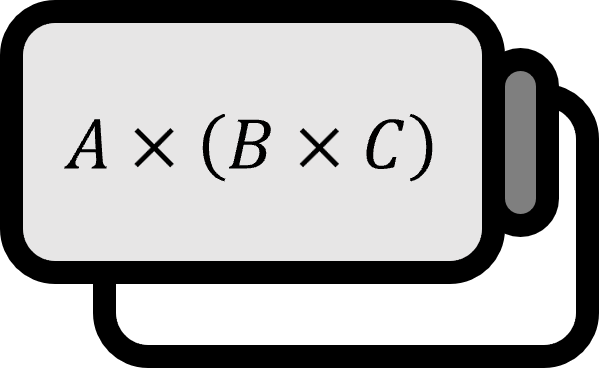Notation of Expectation Values in Physics
Definition
When the probability density function of a random variable $X$ is $f(x)$, the following value is referred to as the expectation.
$$ \braket{X} = \braket{x} = \int_{-\infty}^{\infty} x f(x) dx \tag{1} $$
Explanation
In statistics, the expectation is usually denoted as follows:
$$ E(X) = \int_{-\infty}^{\infty} x f(x) dx $$
However, in physics, it is common to use single angle brackets to denote it as $(1)$. This is called Dirac notation or bra-ket notation. This notation is related to the representation of inner products and the expectation values of operators in quantum mechanics. Since the variance is $\sigma^{2} = E( (X - E(X))^{2})$, in bra-ket notation, it is represented as follows:
$$ \sigma^{2} = \braket{(X - \braket{X})^{2}} $$
